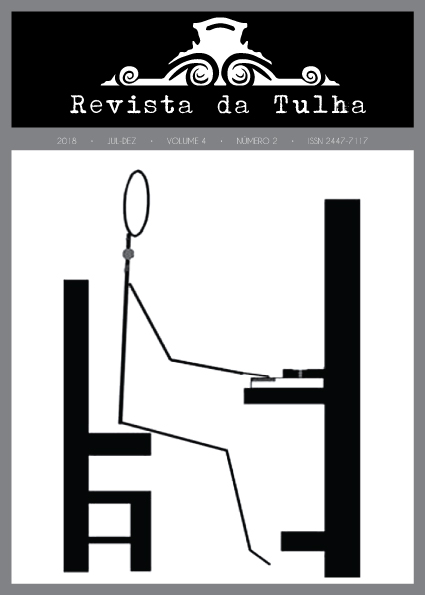Pianism: performance communication and the playing technique
DOI:
https://doi.org/10.11606/issn.2447-7117.rt.2018.154939Keywords:
piano technique, efficient playing movements, muscle mechanics, motor skills for expert performance, practice strategiesAbstract
A pianist’s movements are fundamental to music-making by producing the musical sounds and the expressive movements of the trunk and arms which communicate the music’s structural and emotional information making it valuable for this review to examine upper-body movement in the performance process in combination with the factors important in skill acquisition. The underpinning playing technique must be efficient with economic muscle use by using body segments according to their design and movement potential with the arm segments mechanically linked to produce coordinated and fluent movement. Two physiologically and pianistically important actions proposed by early music scientists to deliver the keystroke involve dropping the hand from the shoulders towards the keys via a wave action with the joints activated sequentially, and forearm rotation to position the fingers for the keystroke, an action followed by the elbow/upper-arm rotating in the opposite direction. Both actions spare the forearm muscles by generating the energy needed in the larger shoulder muscles. The hand in the playing position has a curved palm through action of the metacarpal (knuckle) joints and curved fingers. Palm/finger posture controls sound quality from loud, high tempo sounds to a more mellow legato articulation, and to perform effectively the forearms should slope down towards the keyboard. The technique must be automatic through systematic practice which develops the motor skills for proficient playing, with practice duration tempered to reduce the risk of causing injury through overuse of the forearm muscles. Efficient movement patterns and strategic muscle relaxation which results in faster movement are realized only through extensive training. The constant movements of the head and trunk, and flowing arm movement with frequent hand lifts and rotational elbow movements, although generated in producing the playing technique, resonate with audience members who perceive them as expressive and thereby creating in them an empathic engagement with the music. It was proposed that music students be trained in the mechanical aspects of upper-body use in the playing technique, and practice strategies, with specialist pedagogy for children to develop motor skills for efficient playing, and training methods fostering an appreciation of the communicative aspects of music performance.
Downloads
Downloads
Published
Issue
Section
License
Copyright (c) 2018 Barbara James

This work is licensed under a Creative Commons Attribution 4.0 International License.
Authors retain copyright and grant the journal the right to first publication, with the work licensed under the Creative Commons Attribution License CC-BY-NC:
This work is licensed under a Creative Commons Attribution 4.0 International License.



